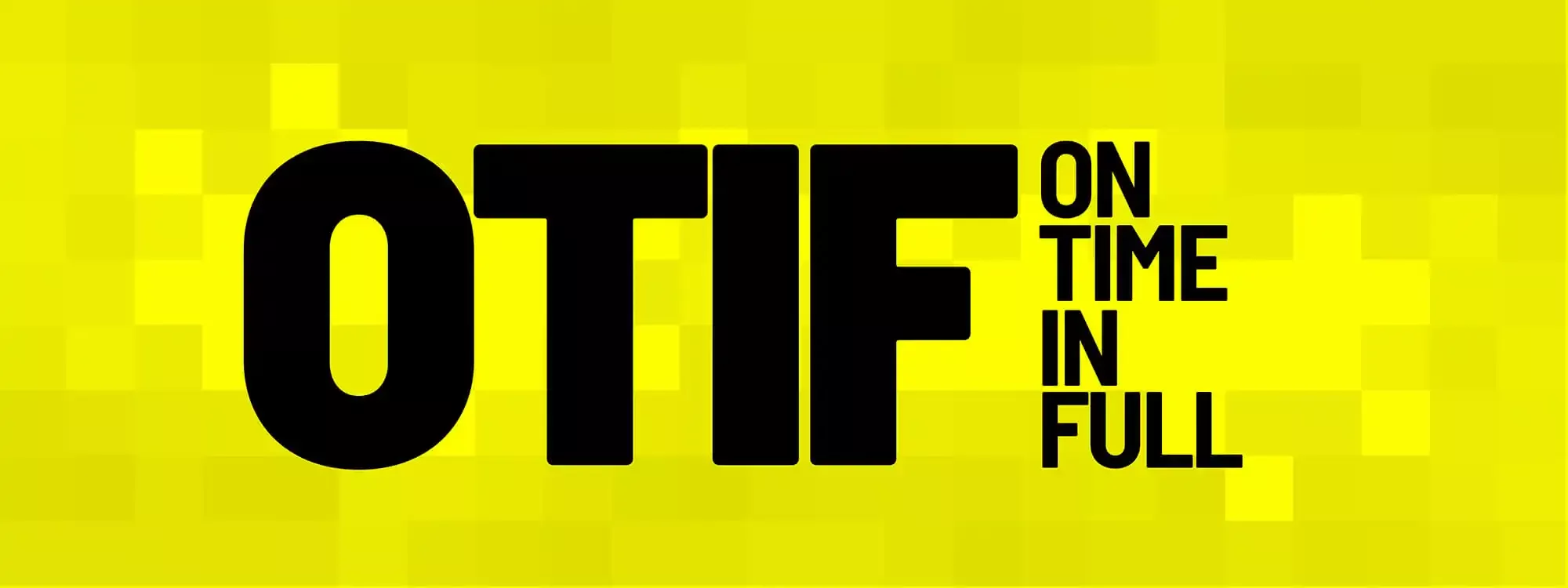5 tendencias que dan forma a experiencias personalizadas y conectadas
Bees
Internal Banner Image
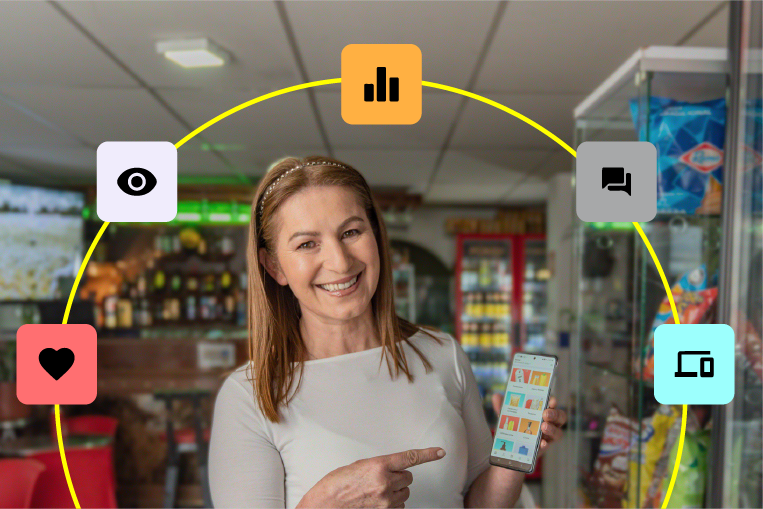
Tags
Card Type
Solid
Short Description
5 tendencias que dan forma a experiencias personalizadas y conectadas
Image Card

Template
Default
Target
Same window
Layout Canvas
Related Content Label
More like this
Presentamos... Beyond Labs
Ricardo Tadeu
Internal Banner Image

Card Type
Solid
Short Description
En 2018, ABI era vista como una empresa de tecnología relativamente baja, a veces incluso por nosotros mismos.
Image Card

Template
Default
Target
Same window
Layout Canvas
Related Content Label
More like this
El KPI que debería estar atendiendo (y tal vez no lo está haciendo)
Ricardo Tadeu
Internal Banner Image

Card Type
Solid
Short Description
A medida que avanzamos en 2022 y nos acercamos a nuestro segundo aniversario, me gustaría compartir con más detalle cómo BEES agrega valor a ABI, a nuestros socios y al ecosistema de pequeños minoristas.
Image Card

Template
Default
Target
Same window
Layout Canvas
Related Content Label
Más como esse
La IA y el aprendizaje automático alcanzan la cima en una nueva solución de pedido de bebidas
Internal Banner Image

Card Type
Solid
Short Description
La forma en que tu botella de cerveza llegó al refrigerador cuando te sentaste el fin de semana pasado a ver un partido de fútbol o baloncesto en la televisión no tiene importancia cuando buscas relajarte.
Image Card

Template
Default
Target
Same window
Layout Canvas
Related Content Label
More like this
Bees: La plataforma de comercio electrónico de rápido crecimiento que cuenta con más de un millón de minoristas
ABInBev
Internal Banner Image

Tags
Card Type
Solid
Short Description
Hay un hervidero de actividad en AB InBev que tiene a los minoristas, inversionistas y a la industria en pleno auge.
Image Card

Template
Default
Target
Same window
Layout Canvas
Related Content Label
More like this
Jason Lambert de BEES sobre cómo utilizar la transformación digital para llevar su empresa al siguiente nivel
Authority Magazine
Internal Banner Image

Card Type
Solid
Short Description
Tuve el placer de entrevistar a Jason Lambert de BEES. Jason tiene más de 15 años en el ámbito de productos e ingeniería.
Image Card

Template
Default
Target
Same window
Layout Canvas
Related Content Label
More like this
De la Serie A a Salesforce, 50 perspectivas sobre la contratación de talento tecnológico
Jackson Weimer
Internal Banner Image

Card Type
Solid
Short Description
Si conoces a un reclutador, hazme un favor y dale un abrazo. Han sido un par de años difíciles para todos en el mundo; No voy a ser ese tipo que te atasca con otra introducción a un artículo que resume la pandemia.
Image Card

Template
Default
Target
Same window
Layout Canvas
Related Content Label
More like this
ABEJAS ocupadas: Dentro de la transformación del intercambio de datos de AB InBev
Lisa Johnston
Internal Banner Image
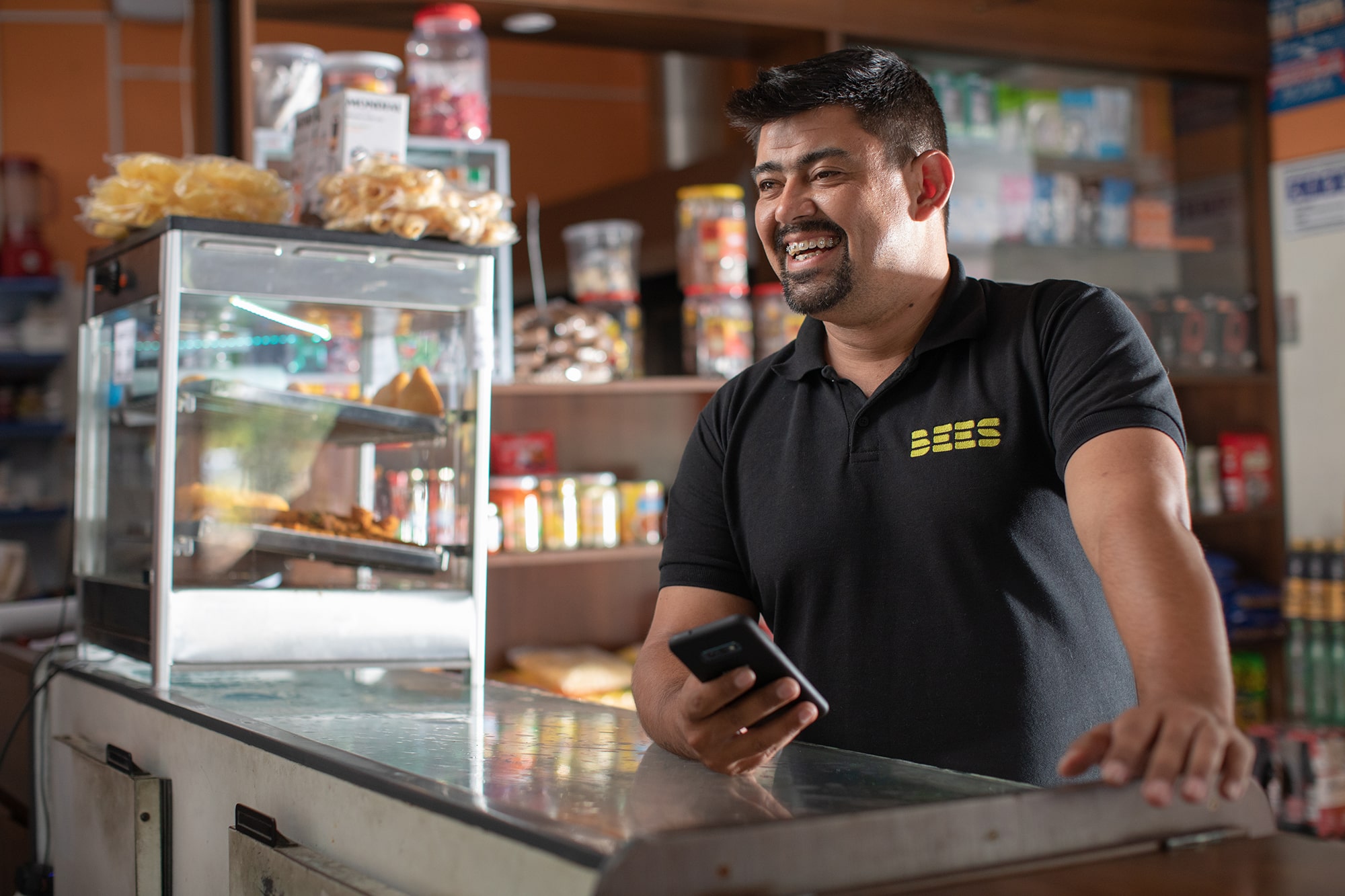
Card Type
Solid
Short Description
As Anheuser-Busch InBev plots its future, expect its sprawling BEES e-commerce business to play an increasingly central role — ultimately becoming the primary method in which the company sells.
Image Card
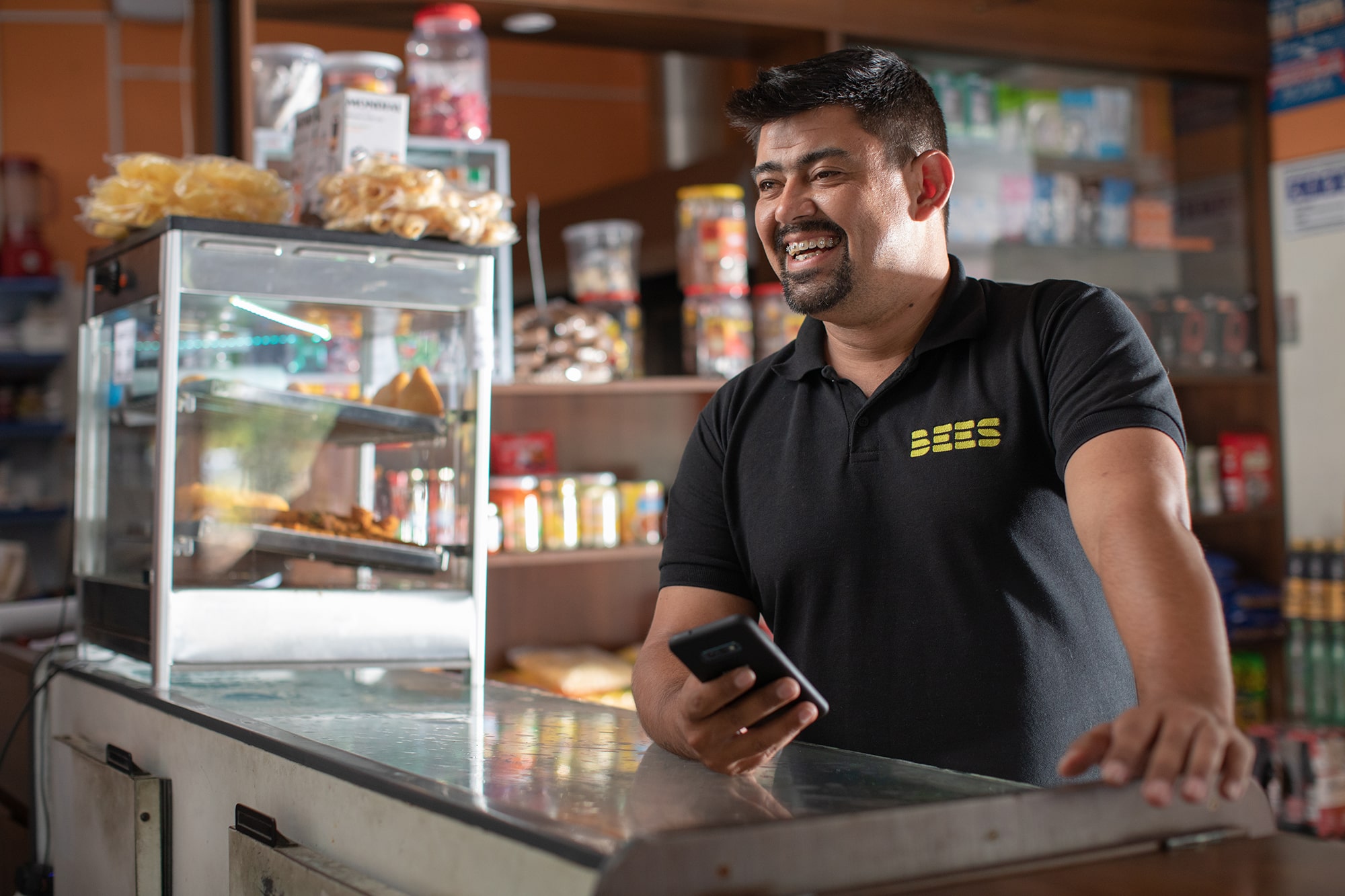
Template
Default
Target
Same window
Layout Canvas
Related Content Label
More like this
Felicitaciones a los ganadores del Premio O11y 2022
Jemiah Sius
Internal Banner Image
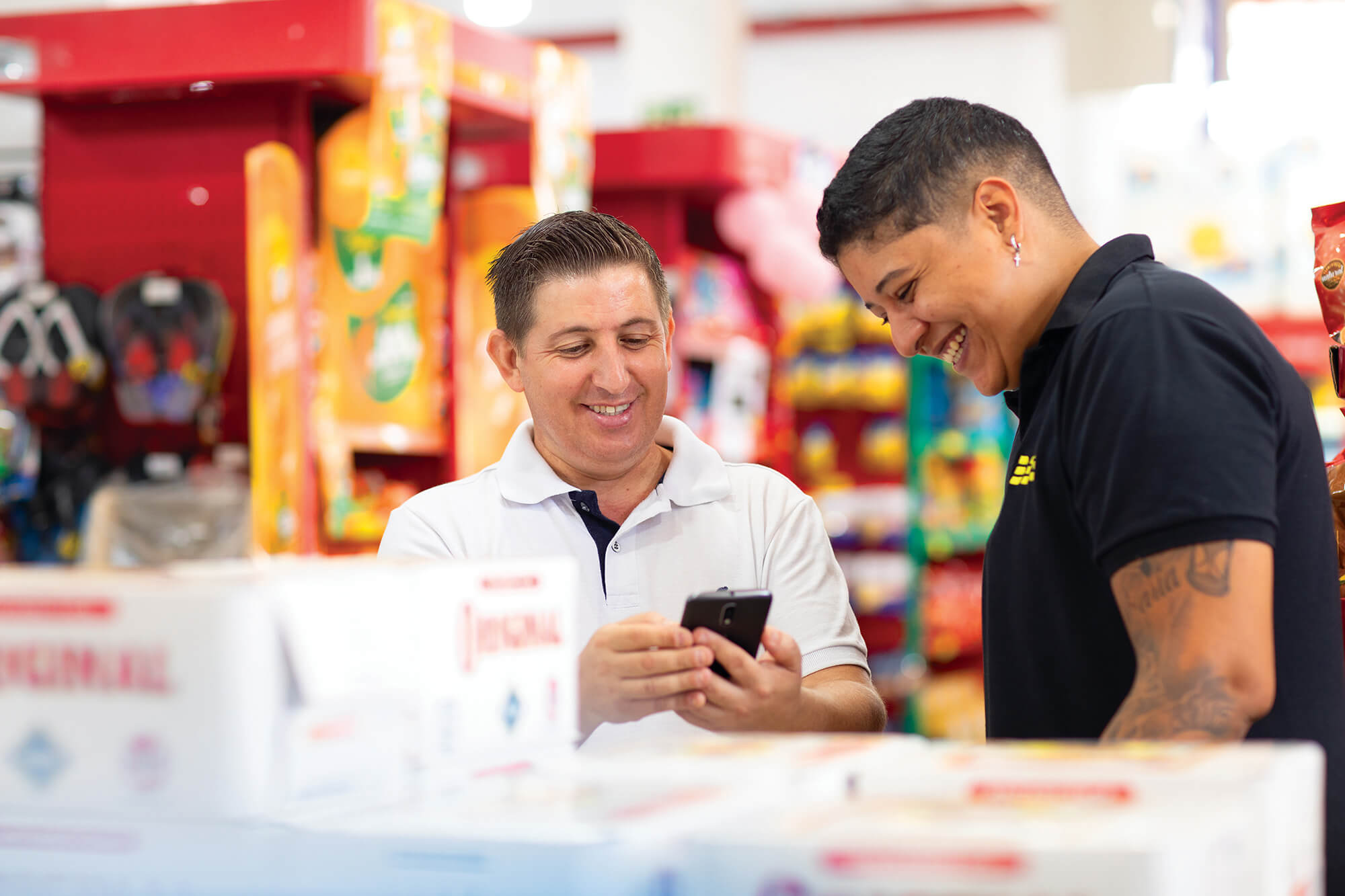
Card Type
Solid
Short Description
A medida que las empresas mejoran sus estrategias de observabilidad, nos gustaría reconocer y destacar a los clientes de New Relic que demuestran excelencia, liderazgo e impacto en la observabilidad.
Image Card

Template
Default
Target
Same window
Layout Canvas
Related Content Label
More like this



